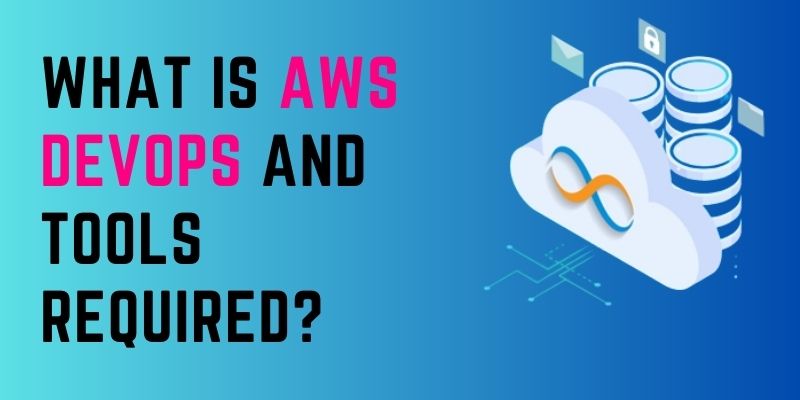We must dissect the system’s fundamental architecture using AWS EC2 to have a better understanding of what goes into executing DevOps on AWS. Elastic Compute Cloud, also known as EC2, allows customers to manage virtual machines and the underlying resources they utilise from a single interface. If you want to know What is AWS DevOps and Tools Required? Join AWS DevOps Online Training at FITA Academy.
Load Balancing
Load balancing is a common feature of web application architectures. Depending on the amount of traffic, this virtual network appliance can scale up or down the number of available web servers it uses to distribute EC2 traffic among them. To automate this, AWS provides an Elastic Load Balancing service.
Amazon CloudFront
The service offers content that is similar to what you would see on a website, and it could be dynamic, streaming, or static. It is interoperable with clouds from other providers in addition to AWS and has been optimised for use with those clouds.
Amazon Security Group
Security is being stressed more due to the rise in hacking incidences. By acting as an inbound network firewall, this functionality. One or more EC2 instances may be present in each security groups assigned to it, and each one directs authorised traffic to the appropriate instance.
Elastic Caches
This web service manages the memory cache in the cloud.
Amazon Relational Database Service (RDS)
An RDS service makes a cloud-based relational database’s setup, use, and scalability easier. It provides a readily scalable, economical method of working with relational databases and manages daily database management activities and chores.
Amazon’s Simple Storage Service (S3)
With the help of S3, users may handle any volume of information from any location on the internet at at any time. Data is kept by users as objects in buckets. These items can be read, added, deleted, or accessed as needed.
Amazon Elastic Block Store (EBS)
Managing data partitions and application logs is made easier by this high-performance volume storage system. When they require immediate access and long-term stability, users turn to EBS.
Amazon Auto Scaling
Users of the service can scale up or down their server capacity groups in response to demand and need.
AWS DevOps Best Practices
Following these recommended practises can help app developers successfully integrate AWS with DevOps:
Continuous Integration/Continuous Delivery
The CI/CD pipelines are the foundation of the DevOps methodology. The method of developing and continually validating a programme by updating code modifications at regular intervals is known as continuous integration.
Infrastructure Automation
This method focuses on writing high-quality code and the requirement to automatically test it on a regular basis.
Infrastructure as Code
This technique maintains your AWS cloud resources by creating a template file that both machines and humans can use.
Monitoring and Logging
All system activity should be watched and logged to ensure that events are triggered at the appropriate times and to address any issues.
Communication and Collaboration
The plan should be supported by and communicated to every team and department. A forum for relevant ideas that can influence the project’s direction should also exist.
AWS DevOps
While DevOps is a “need of the hour” in the software development life cycle, AWS is one of the top cloud service providers. The following explains why AWS DevOps is a very well-liked pairing:
AWS CloudFormation
Cloud events and services must regularly be developed and published by DevOps teams. You can achieve it with the aid of AWS CloudFormation.
AWS EC2
AWS EC2 is self-evident. Within EC2 instances, containers can be used so that you can utilise AWS administration and security services. Enrol at FITA Academy for the AWS DevOps training & gain in-depth knowledge under Experts. Here, we offer the best AWS DevOps Online Course with practical classes to develop your technical skills.

